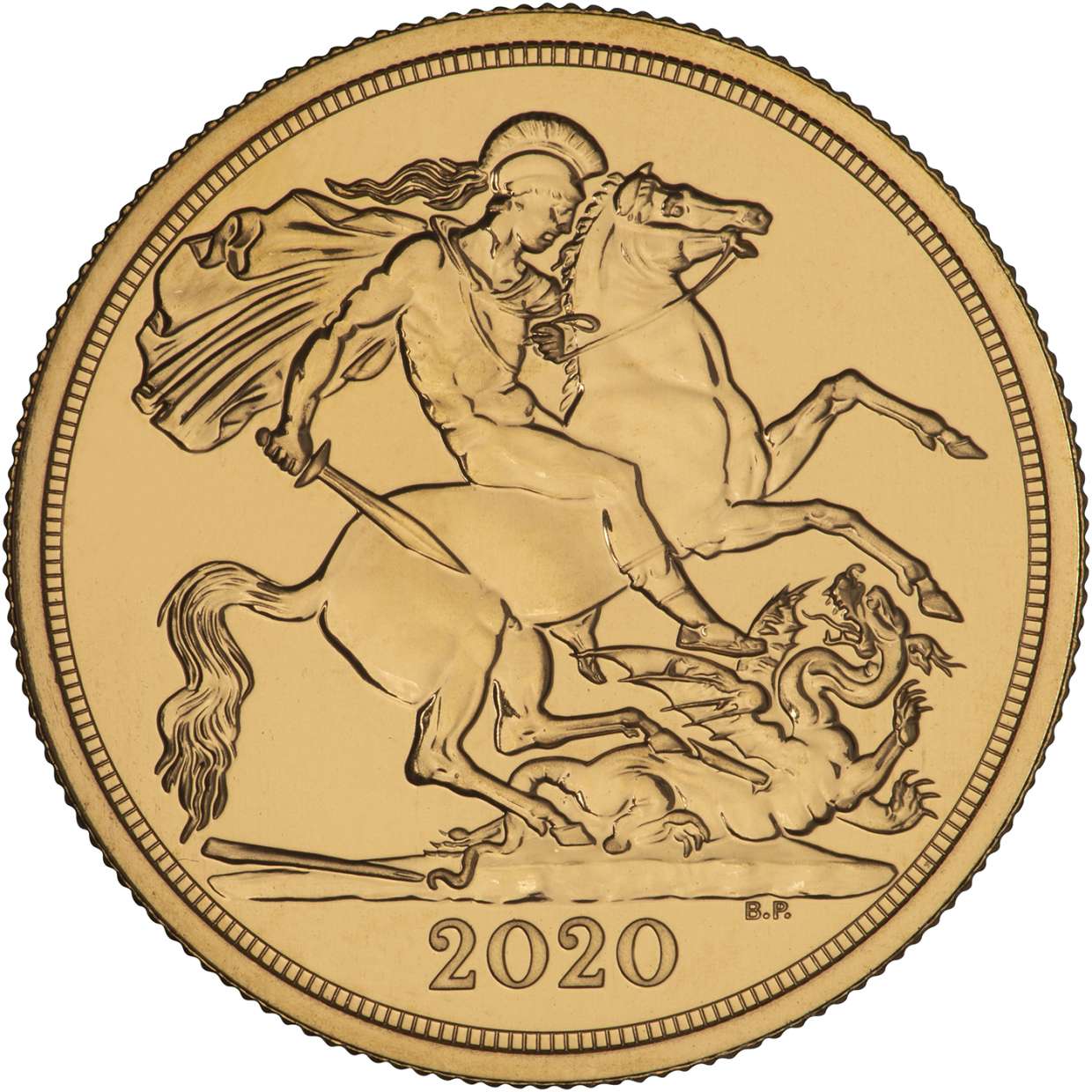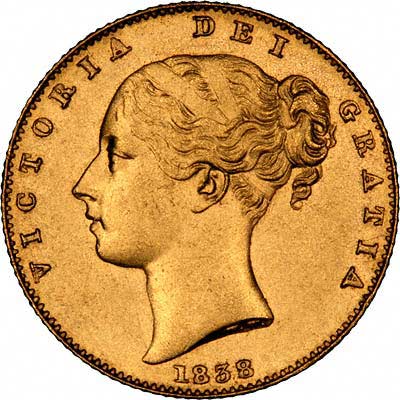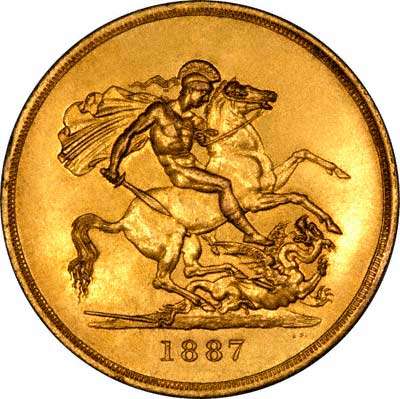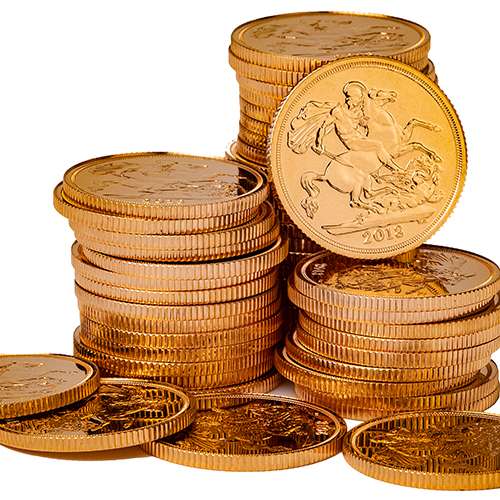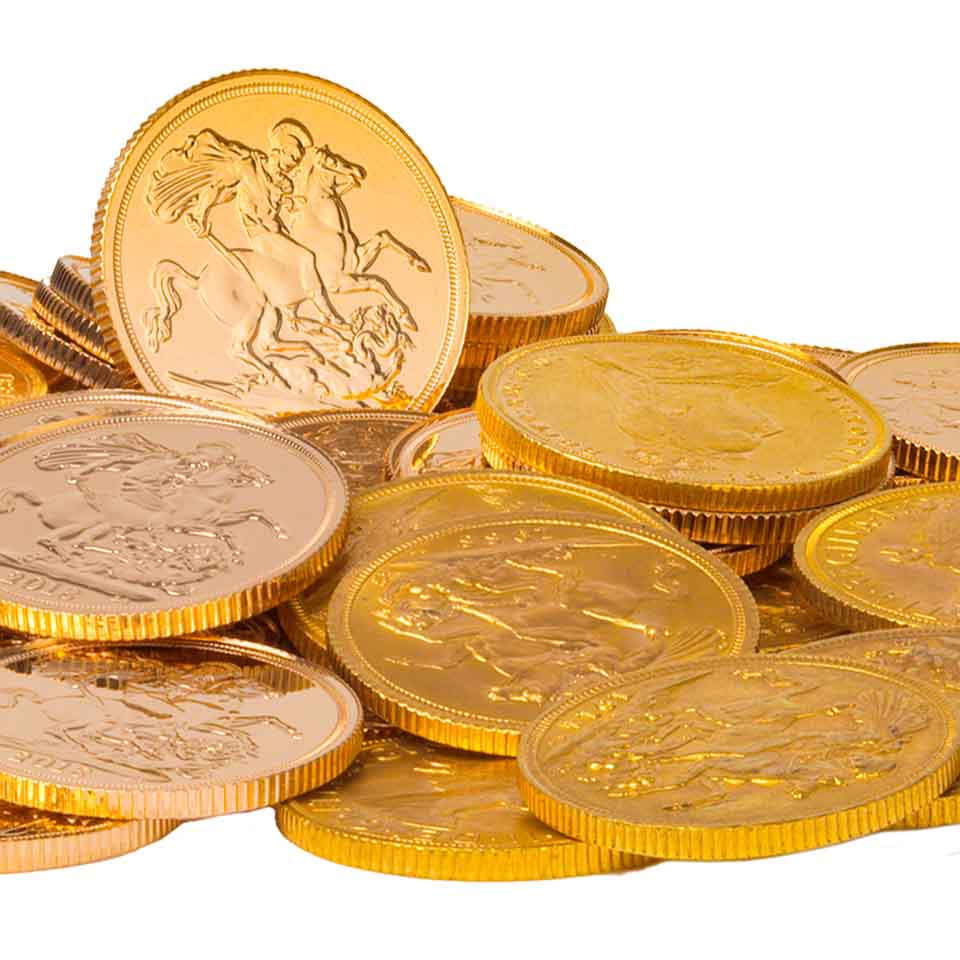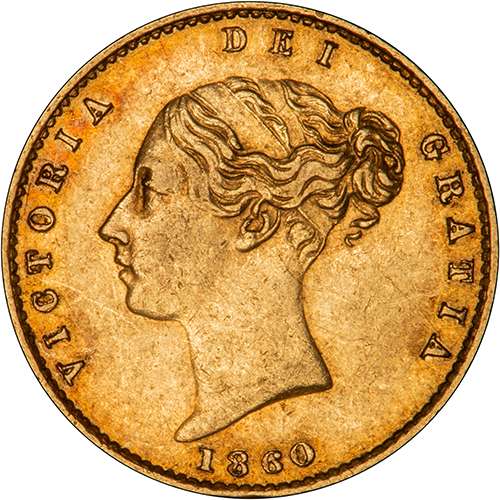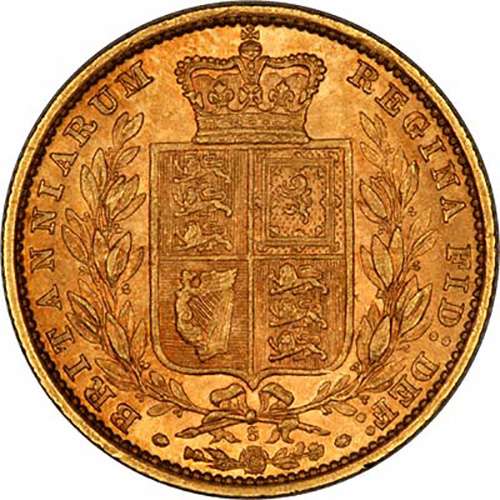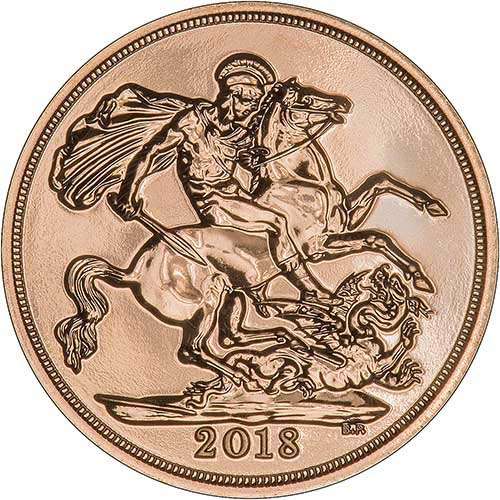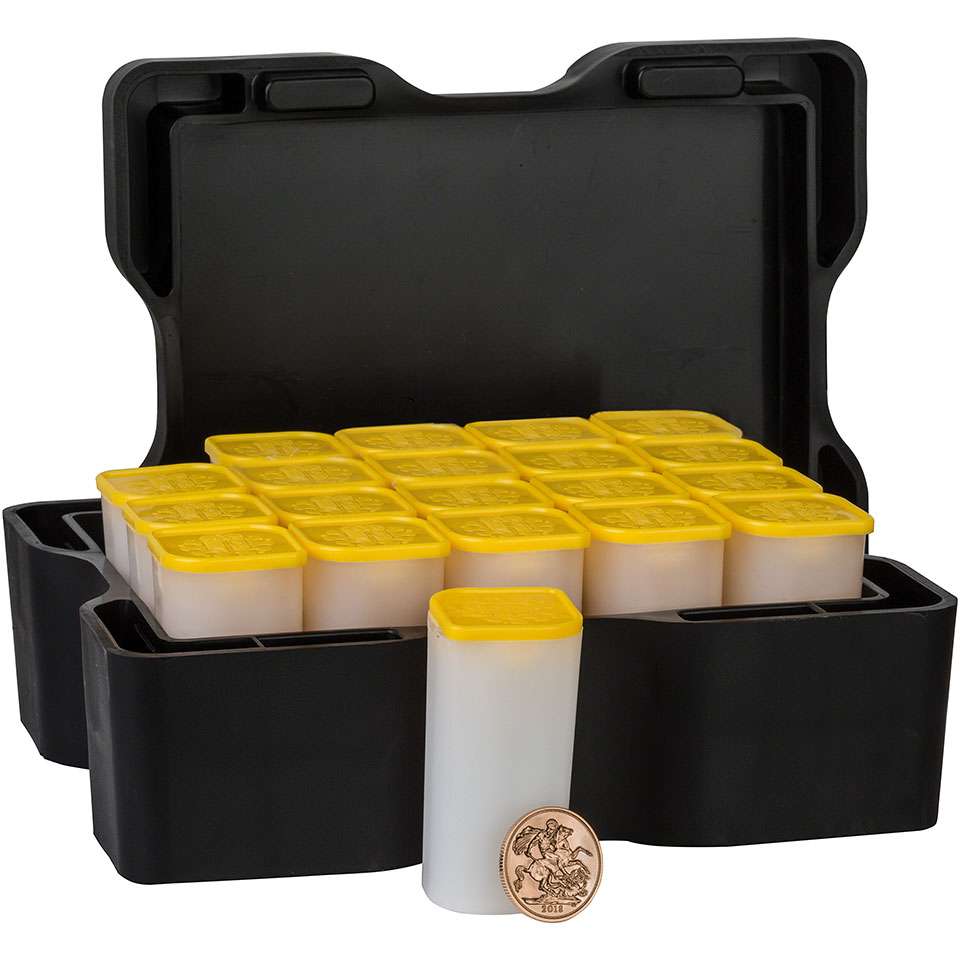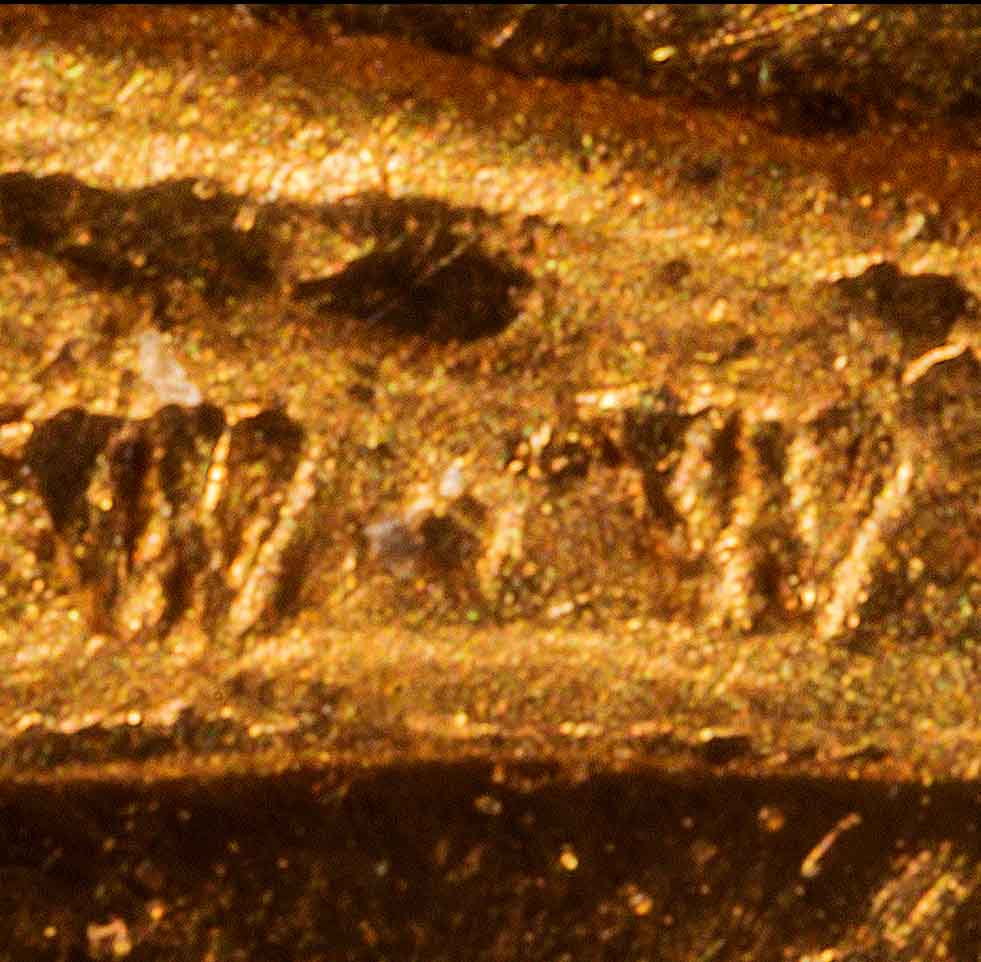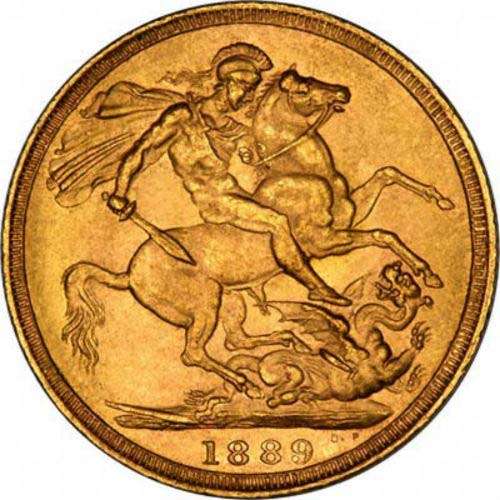1882 - The Unfortunate Tragedy of The RMS Douro
Synopsis
The RMS Douro sank in 1882 off Cape Finesterre, taking with it a hoard of gold coins, gold bars and beautiful Brazilian diamonds.
The RMS Douro was built in 1865 at Caird & Co. Shipyards, Scotland, and measured 326 feet long by 40 feet wide. The lavish ship accommodated 253 1st class, 30 2nd class, 30 3rd class passengers and 80 officers and crew. The ship's notoriety for elegant company, fine food, music and laughter was matched by its distinction for reliability and speed.
HMS Douro
In 1869, RMS Douro went from servicing the West Indies run to the South American trade between Southampton & Buenos Aires. On the South American run she also carried precious cargo. Her hold was filled with the finest products and goods from both continents. The bullion room was well stocked with gold and beautiful Brazilian diamonds. She also carried newspapers and letters as she was a contract bound Royal Mail ship.
The Fateful Journey
On 31st March 1882, the Douro departed Lisbon (Portugal) heading for Southampton at 20.30 hours, after being delayed for an hour and half. To make up for this delay she set sail full steam ahead, heading north off the west coast of Portugal. On April Fool's day she had a full day of sailing and passed Cape Finesterre (also known as the “Coast of Death”) under a full moon. The night was calm but the sea was a little rough. The Fourth Officer had noticed a ship in the distance two miles away but was sure the Officer on the Bridge was keeping watch. However the Officer on the Bridge spotted it too late and at 22.45 the Douro and the Spanish Steamship Yrurac Bat, collided. The Douro suffered two deep gashes on her starboard side from the sharp bow of the Yrurac Bat, and then again from the rebound of the regaining momentum of her engines.
The emergency procedures began and from the many accounts of the tragic evening, the ship was abandoned in a great hurry and priority was given to the passengers and not the valuable contents on the ship. Women and children were saved first and then the men. Whilst there were six fatalities, the survivors were picked up by the steamer Hidalgo of Hull, and taken to La Coruna. Within just 30 minutes the Douro had sunk, and the Yrurac Bat followed shortly after. In total 59 passengers and crew from both vessels drowned in the tragic accident. As per seafaring tradition, The Douro's Captain, four of the Senior Officers, and the Chief and Second Officer went down with the ship along with the opulent hoard of gold and jewels.
Recovery
Since the tragic demise of the Douro, the search for her wreck began in 1949 by Thomas Pickford with a cryptic note reading “Douro, 1882, £53,000, Bay of Biscay”. Nigel Pickford who rediscovered this note 30 years later decided to pursue the research. After ten years of research, using logs, newspaper articles, reports, sea charts, ship drawings and personal records, Pickford was able to draw up a plan to put to Sverker Hallstrom, a Marine salvage specialist. A cargo of gold had previously never been recovered from inside a collapsed iron hull in waters of 1,500 feet deep. However by further analysis of witness and survivor statements, along with calculations on ships' speeds, routes etc, the search area was reduced from 500 square miles to 150 square miles.
Two arduous years of work using various methods and equipment including an ROV (Remotely Operated Vehicle – a robot equipped with, amongst other tools, a sonar, a video camera, and a dredging pump) ensued, with numerous cases of mistaken identity in the process. Although one wreck stood out, there was very little to determine its identity and to confirm it was that of the Douro. However, as luck would have it a crockery plate wedged into the muddy bottom was spotted on the video camera of the ROV. The crockery sported the name of the RMS Company and so the Douro was found! The Deep Sea Worker, a drill ship was then used to bring up a host of crockery all bearing the ships name as well as wine bottles and other goods. The pivotal moment came when the Salvers came across thousands of gold coins brought up from the seabed. The Salvage Master estimated a 93% recovery. This included several numbered and un-numbered gold bars. The treasure was taken to Jersey and officially declared to the appropriate authorities. One year and a day was the required period until the gold was released, and 4 months later it was auctioned at Spink & Son.
As with many similar tragedies at sea, the exact cause cannot be determined, only surmised. Was it the fact that the ship was pushing on full steam ahead in an attempt to make up for the lost time, in order to uphold its reputation? Does it have something to do with the fact the ship had just passed Cape Finesterre, also known as The Coast of Death? Does blame lie at the hands of the Fourth Officer who did not raise the alarm relying on the Officer on the Bridge to notice it? Does blame lie with the Officer on the Bridge who did not spot the ship in time? Or does blame lie with the Spanish Steamship Yrurac Bat, the ship that went into the Douro? Whatever the cause of the ill-fated demise of the Douro, the recovery of the precious cargo is a remarkable and somewhat momentous event in both historical and technological terms. It can only go without saying how historically valuable the gold sovereign coins recovered from the wreck are and how exciting it is to come across such coins that have been involved in the tragic downfall of the elegant RMS Douro.
Related Blog Articles
This guide and its content is copyright of Chard (1964) Ltd - © Chard (1964) Ltd 2024. All rights reserved. Any redistribution or reproduction of part or all of the contents in any form is prohibited.
We are not financial advisers and we would always recommend that you consult with one prior to making any investment decision.
You can read more about copyright or our advice disclaimer on these links.




